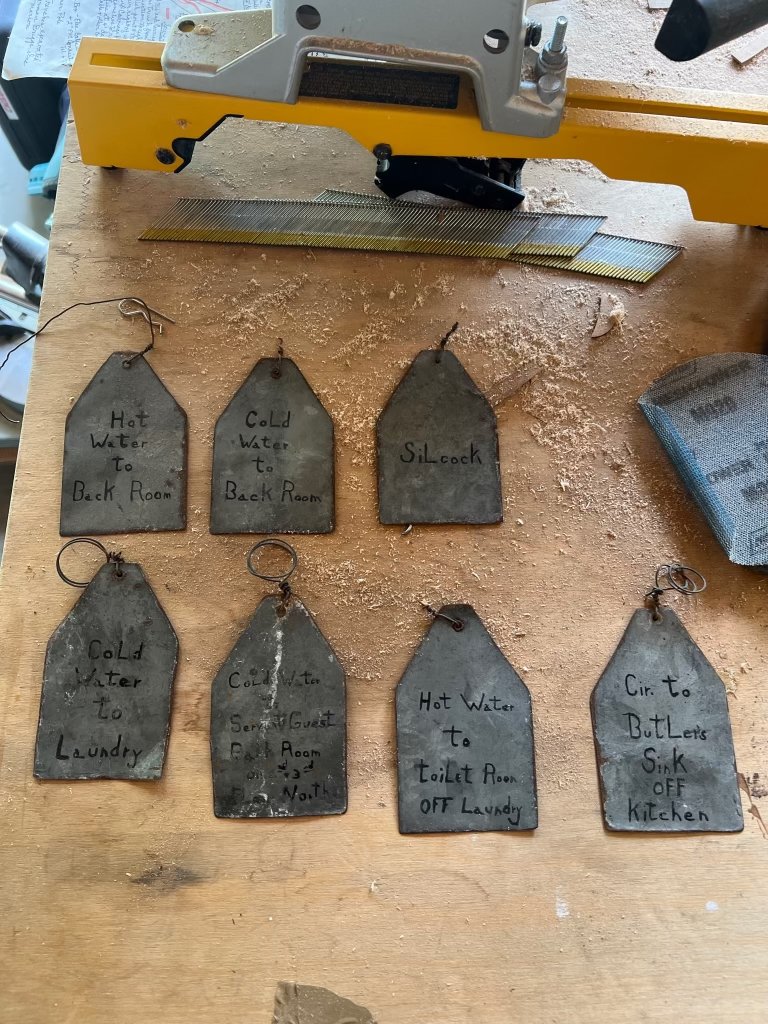History Lessons from The Cove
One aspect of remodeling that can be extremely exciting is the history uncovered during the demo phase. We are fortunate to work in an area that has some of the oldest homes in America, where each building becomes a time capsule to our past. The homes we work on tell a story about the people who built them, as well as the generations of builders who maintained them, and in effect, kept them alive. Our project in Marion, MA, The Cove, is a 15,000 square foot “cottage by the sea” that’s one of these historic homes, unveiling for us many historic trade techniques that have kept the home standing against the coastal elements for over 100 years.
At the time The Cove was originally built around the turn of the 20th century, Marion was well into its Gilded Age. While we are still researching the origins of the construction of The Cove, as well as its different iterations over the century, it’s helpful to look at the town itself as a guide. Marion’s most famous hotel, The Sippican, accommodated up to 200 guests and was, as one publication put it, “one of the most fashionable resort hotels on the Northeastern seaboard.”
Journalist and playwright Richard Harding Davis had a home in Marion, but when he was still renting in 1895, he wrote Soldiers of Fortune, the novel that persuaded the US to go to war with Spain. He popularized the “clean cut” for American men and was not just good friends with Theodore Roosevelt but helped to create the identity of his Rough Riders. His plays were shown at the Club Hall, a “club house for Marion’s summer colony of artists and literati” who were escaping the heat and stink of cities like Boston and New York. Entire families, along with their entourage of staff, would first visit but eventually keep homes in Marion. Grover Cleveland even named one of his daughters Marion. Today, Marion is still a small, picturesque town on the coast of Massachusetts and remains a popular summer destination for tourists.
The Cove is fortunate to have survived throughout its history and has undoubtedly gone through multiple renovations and extensions over its lifetime. Each addition reveals different trade techniques, as well as architectural puzzles, tying in new construction to the original structure of the home. One particular technique that was uncovered during our demo phase was an old subfloor technique underneath our tiled floors in all of the bathrooms. The technique involved hewing the top of the floor joists to create a triangular point, which would serve as a “key” for the concrete to adhere to. The space between the joists would then be filled with concrete, creating a solid, level surface. The chamfered joists allowed the mason to run their screed along the tops of the joists while leveling and truing up the mortar. These chamfered joists also reduced both the bearing on the top of the joists and the chance of cracking from settlement. This technique was used in many older buildings before the advent of modern construction materials that are now more commonly used as subfloors.
To address these floors, our team surgically demoed all of the concrete mixture from between the joist bays. We then sistered on new joists and leveled across above the hewed plain of the old joists. Our subfloor was upgraded to the new Schluter waterproof membrane and a radiant floor was installed under the tile in the Primary Bathroom. Our modern waterproof membranes will last decades longer than the older subfloor techniques.
Historic homes stand as testaments to the ingenuity of past generations, showcasing construction techniques that have stood the test of time. Exploring the craftsmanship and attention to detail found in old homes can not only inspire admiration for our ancestors' skills but also serve as a source of knowledge for contemporary construction. This type of legacy is something that is not taken for granted at KCB. With every home we renovate or build, we take ownership of inspiring the generations of builders who follow us through the lessons and stories of our construction techniques.





